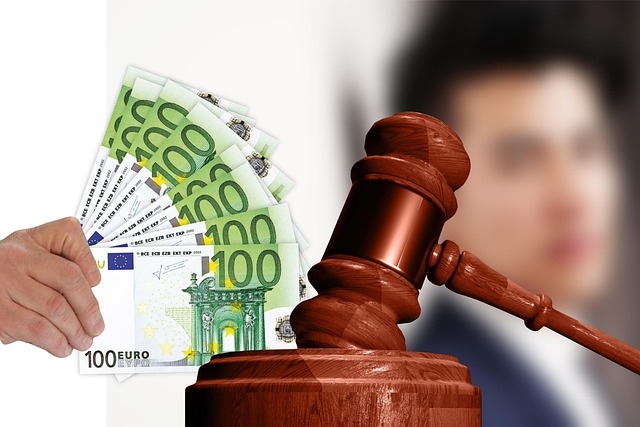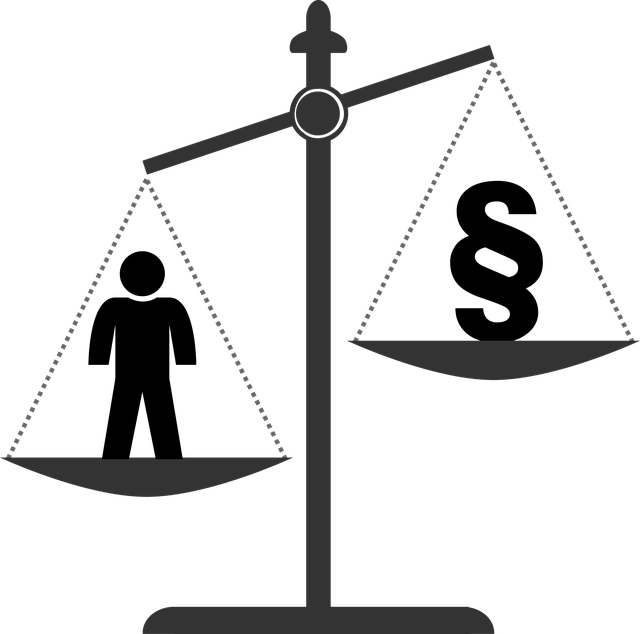Understanding different types of litigation is crucial for navigating complex legal issues, with evidence playing a Role of Evidence in Establishing Criminal Intent being paramount. From minor disputes to high-stakes cases, evidence like physical, eyewitness, and expert opinions helps prove guilt beyond a reasonable doubt. Strategic presentation and countering of evidence by both parties throughout the process, requiring thorough preparation and understanding of evidentiary rules, can significantly impact outcomes. Effective evidentiary strategies can strengthen positions, debunk falsehoods, and uncover weaknesses in opposition cases.
In the complex landscape of litigation, understanding various types is pivotal. This article offers a comprehensive overview of different litigation types, focusing on criminal cases where proving intent through evidence is paramount. We explore strategies for presenting and countering evidence, delving into techniques that can sway court decisions. The role of evidence in establishing criminal intent is examined, providing insights crucial for legal professionals navigating this intricate process.
- Understanding Different Types of Litigation: An Overview
- The Significance of Evidence in Criminal Cases: Proving Intent
- Strategies for Presenting and Countering Evidence in Court
Understanding Different Types of Litigation: An Overview

Understanding different types of litigation is crucial for anyone navigating the complex legal landscape. Litigation encompasses a wide range of legal actions initiated by one party against another, seeking resolution through a court proceeding. These cases vary greatly in nature and severity, from minor disputes to high-stakes cases that have significant societal implications. The specific type of litigation determines the procedural rules, evidentiary standards, and potential outcomes.
In many civil and criminal cases, the role of evidence in establishing criminal intent is paramount. Across the country, legal systems rely on admissible evidence to prove beyond a reasonable doubt that a defendant intended to commit a crime. This is particularly crucial in white-collar and economic crimes, where complex financial transactions and nuanced interpretations of law can make intent a contentious issue. Effective litigation strategies often hinge on presenting compelling and relevant evidence to sway the judge or jury’s perception of criminal intent.
The Significance of Evidence in Criminal Cases: Proving Intent

In criminal cases, evidence plays a pivotal role in establishing criminal intent—a fundamental aspect that distinguishes a crime from an unfortunate incident. The goal is to prove beyond a reasonable doubt that an accused individual acted with a specific purpose or knowledge, thereby committing a crime. Evidence can include physical objects, eyewitness testimonies, expert opinions, and documents, all of which contribute to reconstructing the events leading up to and surrounding the alleged offense.
The role of evidence in establishing criminal intent is particularly crucial, especially in complex cases where motives might be questionable. In such scenarios, the court relies on concrete proof to navigate through the intricacies of human behavior and intentions. This process involves a thorough examination of every piece of evidence presented, considering its relevance, credibility, and potential impact on the case’s outcome. Ultimately, the strength of the evidence determines whether there is sufficient cause to proceed with charges or secure a complete dismissal of all charges for corporate and individual clients alike, catering to both the philanthropic and political communities.
Strategies for Presenting and Countering Evidence in Court

In any litigation, especially high-stakes cases involving complex matters like establishing criminal intent, the role of evidence is paramount. During all stages of the investigative and enforcement process, both parties must strategically present and counter evidence in court. Effective strategy entails thorough preparation, meticulous documentation, and a deep understanding of evidentiary rules. For instance, presenting compelling evidence can strengthen one’s case by convincing the judge or jury of the defendant’s guilt or liability, while countering opposing evidence is crucial to debunk false claims and challenge interpretations that may benefit their respective business interests.
The process involves critical thinking and legal acumen. Attorneys must analyze, interpret, and contextualize evidence to align with their arguments. This includes examining physical evidence, expert testimony, and documents for any discrepancies or potential manipulation. In the heat of a trial, quick thinking and agile questioning are vital to uncovering weaknesses in the opposing side’s presentation. Therefore, a robust strategy that leverages evidence effectively can significantly impact outcomes in these high-stakes cases.
In understanding different types of litigation, it’s evident that evidence plays a pivotal role, especially in criminal cases where proving criminal intent is paramount. The strategies for presenting and countering evidence in court require careful navigation, emphasizing the importance of thorough preparation and a deep grasp of legal procedures. By recognizing the significance of evidence in establishing criminal intent, legal professionals can ensure fair trials and just outcomes.






